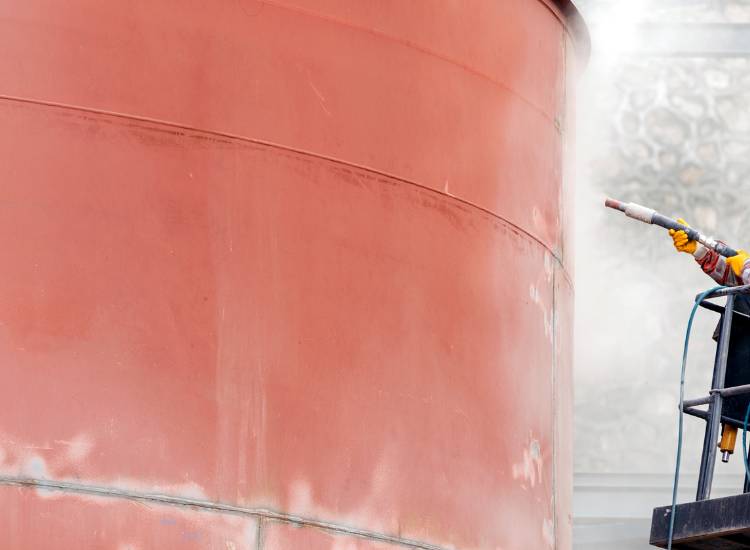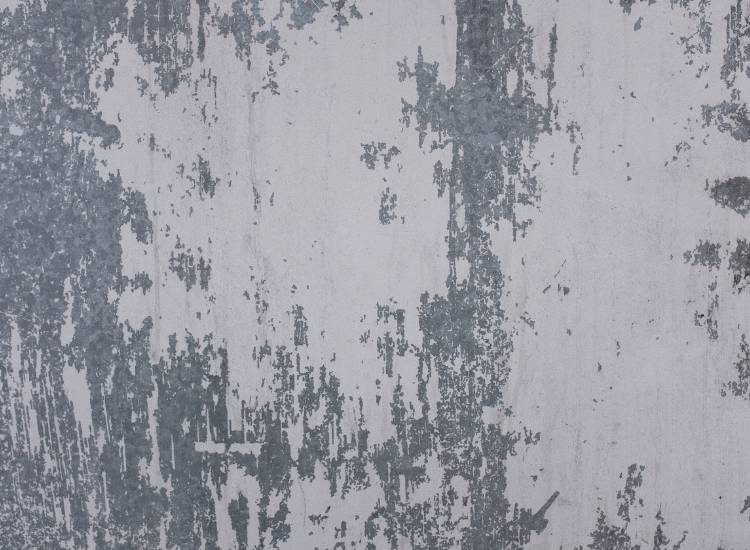What is Bead Blasting?
Bead blasting is a versatile surface treatment process that can be used for a handful of tasks.
It involves using small, spherical beads made of materials like glass or ceramic to clean or finish a surface.

This technique helps you achieve a smooth, matte finish while removing contaminants and imperfections.
The entire process is environmentally friendly, as the beads used are often reusable and non-toxic.
What Is Bead Blasting?
Bead blasting is a process used to remove surface deposits and create a smooth finish on various materials. You’ll often find it used in industries like automotive, aerospace, and manufacturing.
This technique utilizes small, spherical beads made of glass, plastic, or ceramic. These beads are forced onto the surface under high pressure to clean, but also polish the material.
During bead blasting, you should pay close attention to the type of beads, their size, and the pressure used. Different combinations result in different finishes, allowing you to choose the desired appearance for your project.
Bead blasting offers several advantages compared to other surface preparation methods. It’s environmentally friendly, as the beads are often reusable, and it doesn’t produce harmful chemicals.
How is Bead Blasting Done?
Preparation: First, gather your tools and materials. You’ll need a bead blasting cabinet, protective gear, and appropriate blasting media (small glass beads).
Execution: Once prepared, place the item you want to clean or finish inside the cabinet. Turn on the system, adjusting pressure and nozzle position as needed. With a steady hand, move the nozzle across the surface of your item, ensuring a uniform finish.
Cleanup: After bead blasting, carefully remove the item and inspect the results. Dispose of used beads properly, and clean the cabinet to maintain its efficiency.
Types of Bead Blasting
Glass beads are one of the most popular choices for bead blasting. They’re effective in cleaning and polishing surfaces without causing significant damage. Glass beads come in different sizes to suit your needs.
Ceramic beads are another option. They’re more durable than glass beads and are perfect for more aggressive applications. Ceramic beads are often used to remove tougher stains or heavier surface contaminants.
Plastic beads offer a less aggressive option for bead blasting. They’re ideal for delicate materials that can’t withstand harsher blasting medias. Plastic beads are great for removing paint without damaging the underlying surface.
Finally, organic materials like walnut shells or corn cobs can also be used for bead blasting. These eco-friendly options are gentler than glass, ceramic, or plastic beads. They work well on softer surfaces or materials that require a less abrasive treatment.
How Much Does Bead Blasting Cost?
The first factor to consider is the size of the project. Larger projects will typically require more beads, time, and labor, which can increase the overall cost. On the other hand, smaller projects may cost less due to decreased material and labor requirements.

Complexity is another factor that can contribute to the cost of bead blasting. Intricate or delicate items might need a skilled operator or special equipment, leading to increased costs. In some cases, it may be necessary to use different types or sizes of beads, which can also affect the overall cost.
Material cost is the third factor to consider. Various types of beads are available, such as glass beads, ceramic beads, and plastic beads, and each carries its own price tag. For instance, glass beads are generally cheaper than ceramic beads, though the specific cost will vary depending on the chosen bead type.
Equipment and labor costs are essential factors, too. Skilled operators and specialized equipment may command higher rates, while more straightforward bead blasting tasks might require less labor and simpler equipment. Remember that the hourly rate of labor can vary based on experience, expertise, and regional differences.
Benefits of Bead Blasting
One significant benefit is that bead blasting preserves the original shape of the object. It maintains your item’s dimensions while enhancing surface quality. The gentle process of bead blasting avoids compromising your component’s structural integrity.
Bead blasting is also highly versatile. You can use it on a wide range of materials, including steel, glass, plastic, and wood. It’s ideal for both delicate and robust materials.
Environmental friendliness is another plus. Bead blasting uses eco-friendly, recyclable glass beads, promoting sustainable practices. It’s a responsible choice for taking care of our planet.
Lastly, bead blasting leaves a smooth, attractive finish on your objects. The end-result usually exceeds your expectations, adding value to your projects.
Is Bead Blasting Safe?
First, ensure you wear the correct personal protective equipment (PPE) while working with bead blasting equipment. A face mask, safety goggles, gloves, and an apron can protect you from any flying debris.
During the process, the beads themselves create dust, which can pose respiratory concerns. To keep this in check, make sure the area you’re working in is well-ventilated. Also, using a dust collector can minimize the amount of dust present in the workspace.
Lastly, it’s crucial to properly maintain the bead blasting equipment. Regularly inspect the machines for wear and tear, and be sure to replace any damaged or worn out parts, as these could lead to accidents.
Bead Blasting vs Other Blasting Methods
Bead blasting is often compared to sandblasting. Sandblasting uses sand particles to achieve a similar effect. However, sandblasting can be more abrasive, possibly causing damage to the material or leaving unwanted roughness.
Soda blasting is another alternative to consider. This process uses sodium bicarbonate (baking soda) particles, which are gentler on surfaces but may not be strong enough to handle heavy-duty applications.
For more delicate materials, you could also try dry ice blasting, which involves using solid CO2 to effectively remove contaminants without the use of abrasive media.
Here are a few key comparative points to keep in mind:
- Bead blasting: Smooth finish, non-abrasive, suitable for most materials
- Sandblasting: More abrasive, possible damage to materials, rougher finish
- Soda blasting: Gentle, limited in effectiveness for tough tasks
- Dry ice blasting: Non-abrasive, no media residue, ideal for delicate materials
